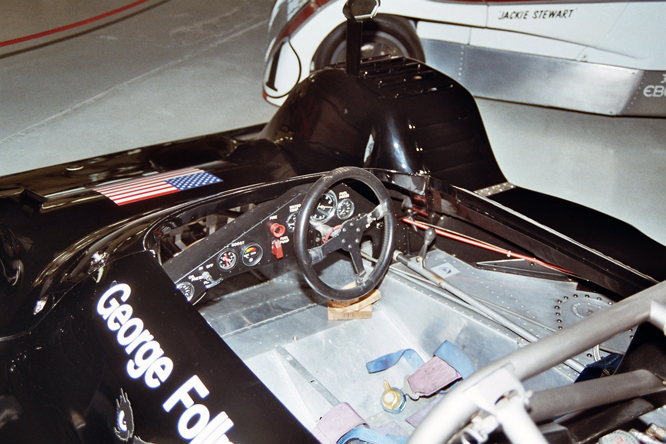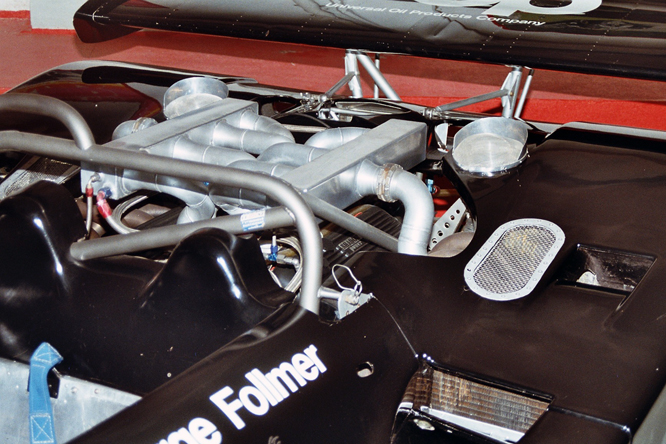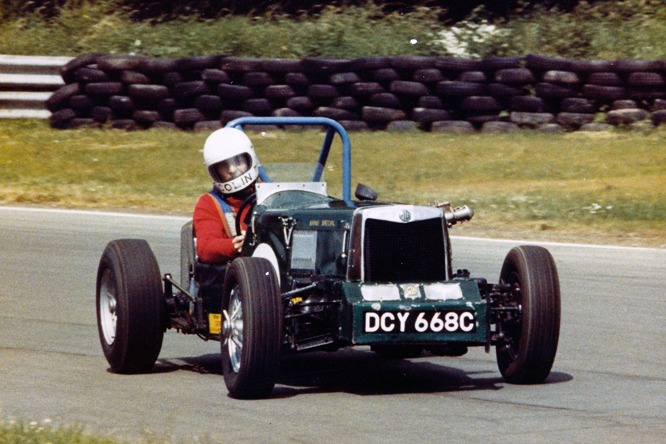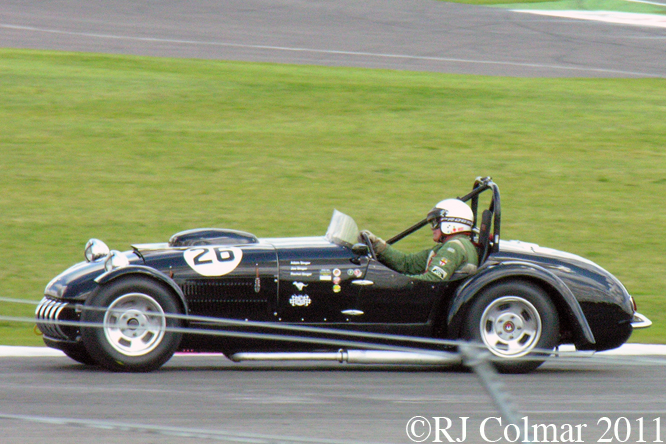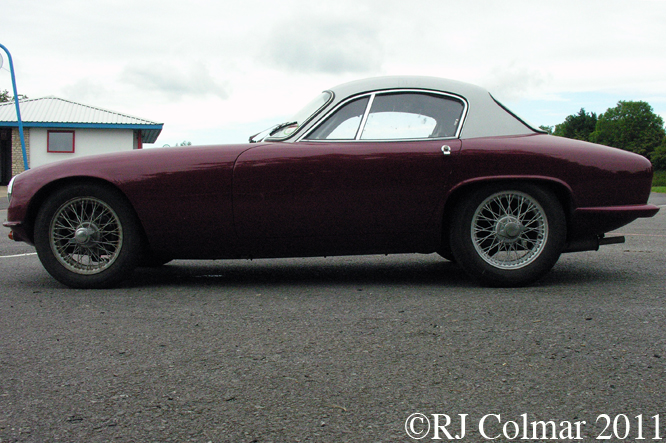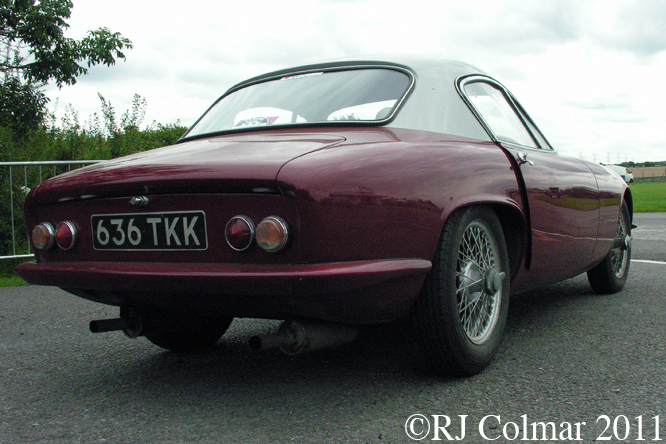Launched in 2000 the carbon fibre Saleen S7 was the brainchild of Steve Saleen designed by Phil Frank with a chassis engineered by Ray Mallock Limited and financed by Hidden Creek Industries.
The car was powered by a 427cui / 7 litre all aluminium derivative of Ford’s 351 Windsor block that produced 550hp in normally aspirated form or 750hp post 2005 twin turbocharged form.
Alongside the production cars 21 S7-R race chassis were manufactured between 2000 and 2009 and initially completed by Ray Mallock Limited in the UK and later by ORECA in France, seven of these chassis were given vehicle identification numbers (VIN), but never completed as race cars.

S7-Rs were raced by teams including; Ray Mallock Limited (RML) 2001 European Le Mans Champions (ELMS), Saleen-Allen Speedlab 18th Le Mans 2006, Fordahl Motorsports, Konrad Motorsport, Park Place Racing, Graham Nash Motorsport 2002 British and Spanish GT Champions, Dominique Dupuy’s DDO team, Vitaphone Racing, ACEMCO Motorsports 11th Le Mans in 2006, ORECA 2006 FFSA GT Champions, Zakspeed, Balfe Racing, Racing Box, and Larbre Compétition who won the GT1 class at Le Mans in 2010 with today’s featured chassis #610.
Due to a funding shortage fabrication of chassis #610 was carried out by Saleens engineering team at Irvine, CA as an out of hours project and named Melissa after one of the girl friend of one of the Saleen engineers working on the project in 2006/7.
Chassis #610 was then built up into a complete race car by ORECA at their base in Magny-Cours, France and delivered to Labre Competition for the 2009 season.
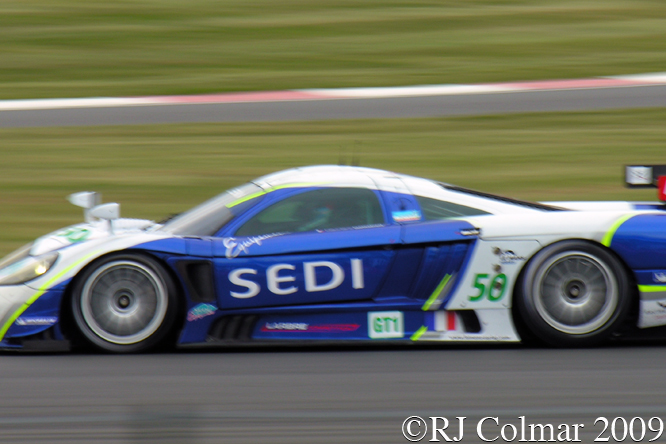
Sébastien Dumez, Roland Bervillé and Steve Zacchia debuted the car in the 2009 Catalunya 1000 Kilometres where it finished 22nd from 26th on the grid, for the Algarve 1000 Kilometres Sébastian and Roland were joined by Stéphane Lémeret and they finished 23rd from 22nd on the grid.
For the ADAC 1000KM-Rennen at the Nürburgring Roland and Sébastian were joined by Laurent Groppi where they finished 1st in GT1, 23rd overall from 21st on the grid, at the Silverstone where today’s photographs were taken, the same trio finished 21st from 20th on the grid.
At the 2009 season ending Okayama 1000 Kilometres Roland was rejoined by Stéphane Lémeret and with Dutchman Carlo van Dam they retired from Heat One and finished 10th in heat two.
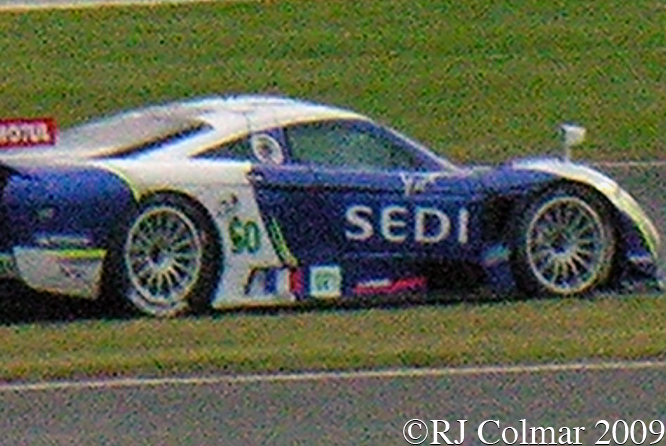
Gabriele Gardel, Patrice Goueslard and Julien Canal drove #610 at the 2010 season opening Le Mans Series Test at Paul Ricard finishing with 32nd fastest time a month later the same trio finished the 8 Heures du Castellet at the same venue 24th from 26th on the grid.
At the 1000 Km de Spa Francorchamps Gabriele and Patrice were joined by Brazilian Fernando Rees and together they finished 31st from 46th on the grid before the car was sent to Le Mans.
For the French classic Julien Canal was back in the third seat and from 46th on the grid they finished 1st in GT1 and 13th overall, Fernando then replaced Julian for the 2010 Algarve, Hungaroring and Silverstone 1000 km races and the car was driven to 3 more straight GT1 class victories.
Laurent Groppi was then joined in #610 for it’s final known appearance by Pedro Lamy and Patrick Bornhauser for the 1000kms race run at Zuhai in the Peoples Republic of China and Melissa rounded out her career with a 5th straight GT1 class victory from 12th on the grid she finished 18th overall.
Thanks for joining me on this “Out Of Hours Melissa” edition of “Gettin’ a li’l psycho on tyres” I hope you will join me again tomorrow for Ferrari Friday. Don’t forget to come back now !




